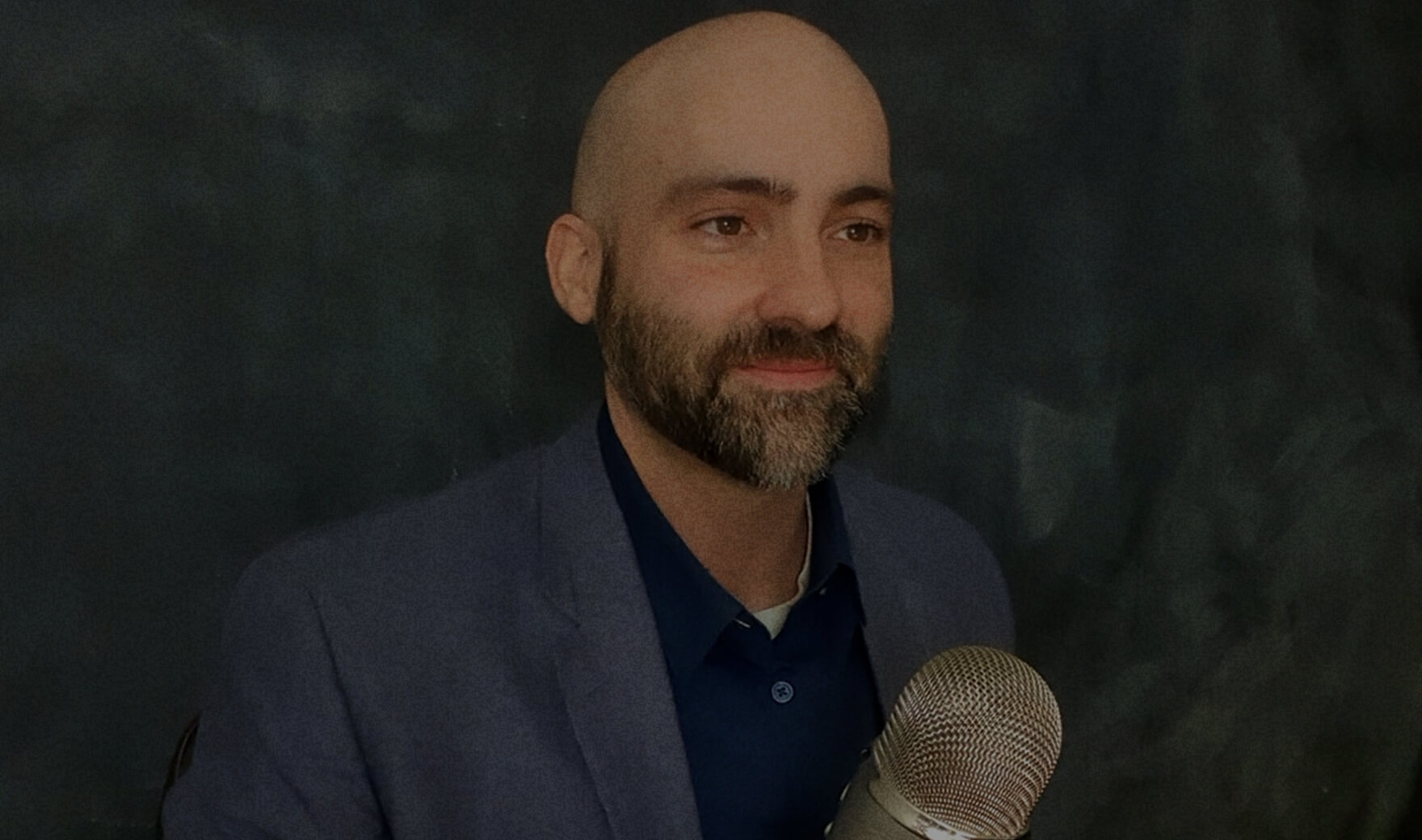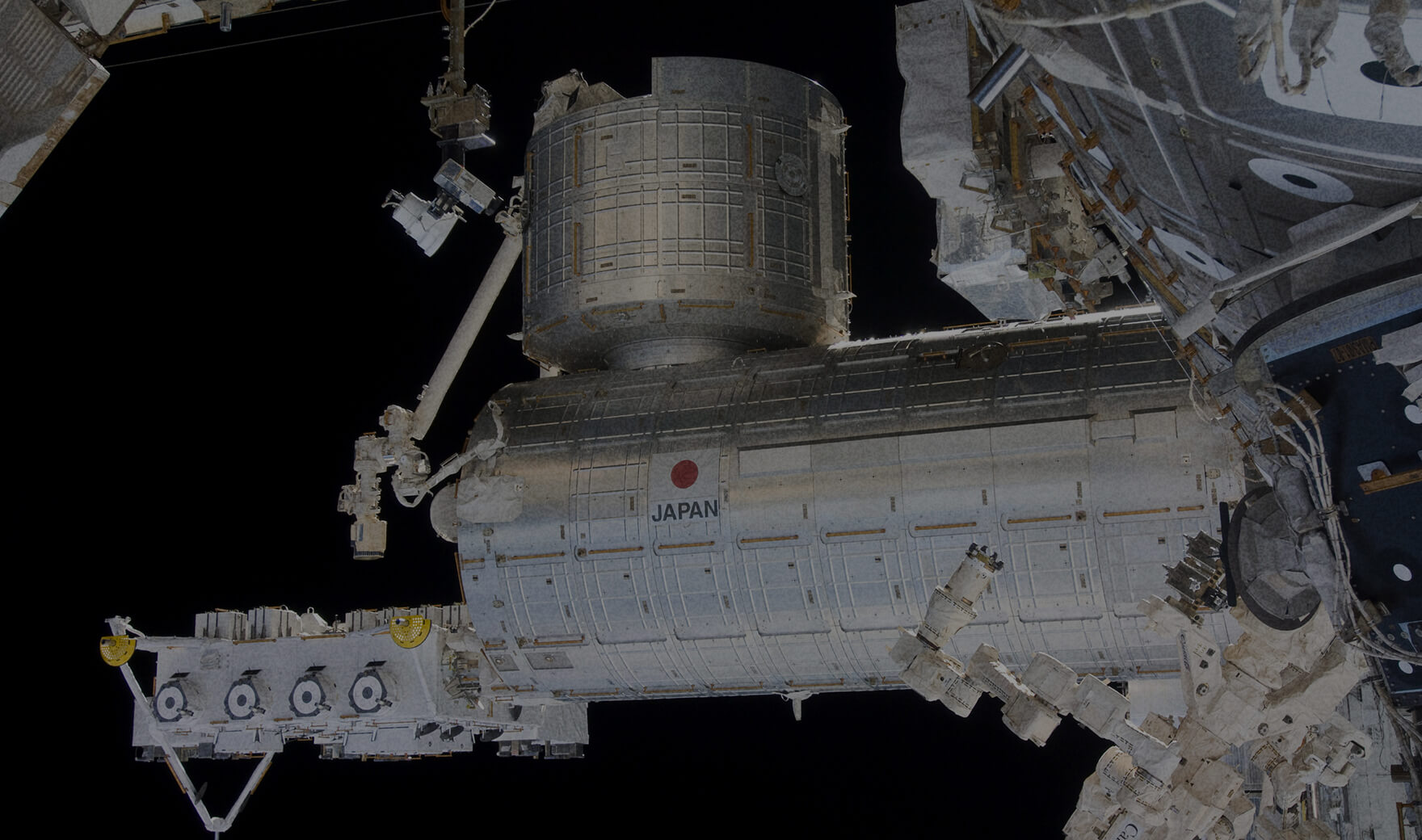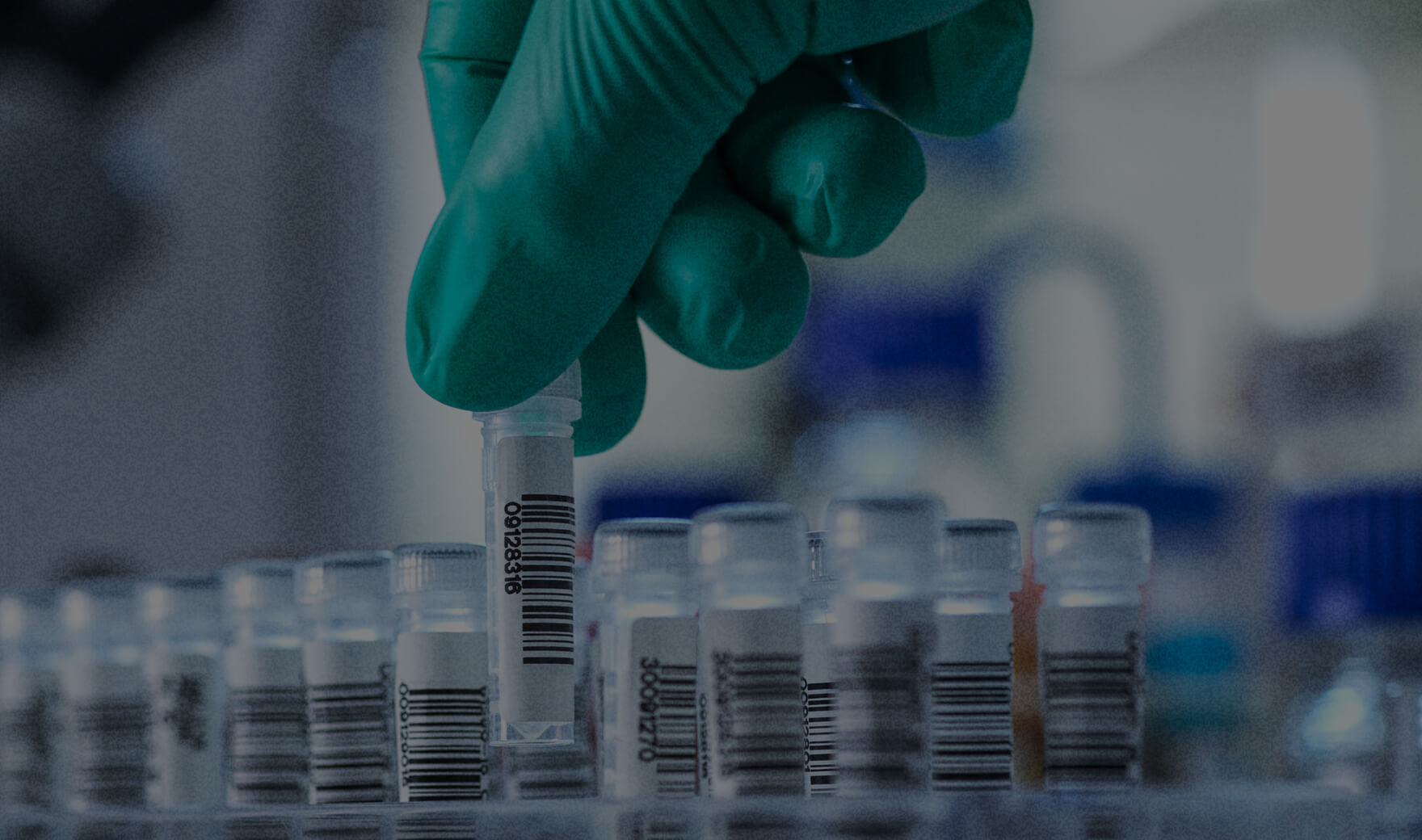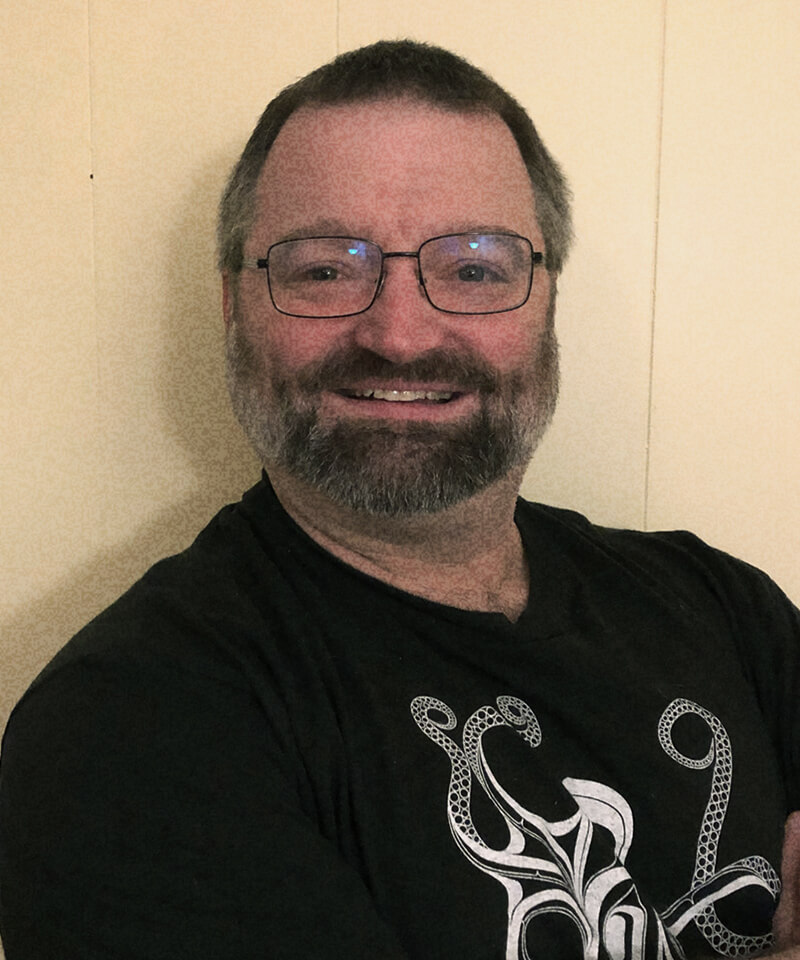Space has been a lifelong fascination for Paul Sutter. The cosmologist, who is a research professor in astrophysics at the Institute for Advanced Computational Science at Stony Brook University, New York, and a guest researcher at the Flatiron Institute in New York City, grew up on science fiction and devoured articles about the universe from an early age.
His research is focused on some of the biggest topics in cosmology and he has an impressive academic track record, having published more than sixty papers and given talks and seminars around the world. But Sutter is also an active public intellectual, sharing his knowledge through articles on popular websites, as well as through books, podcasts, and films.

He believes that we are experiencing a particularly fertile moment in space exploration, when not only national space agencies, but also private companies are playing key roles in projects that are taking us to the Earth’s orbit and beyond. One example is the work being done by Tiger, a company that specializes in vacuum insulation and heat control technology, in collaboration with the Japan Aerospace Exploration Agency (JAXA).
In their first project together, Tiger developed a vacuum insulation container for research samples that was delivered to the International Space Station (ISS) by JAXA’s Kounotori 7 in September 2018 and later safely returned to Earth. The container had been designed to meet rigorous criteria: maintaining a temperature of 4℃ ± 2℃ (39.2°F ± 3.6°F) for four days or longer, withstanding an impact of up to 40G, and having a mass less than 10.195 kg (22.5 lb).
Following the success of this mission, Tiger co-developed another container with JAXA to meet a new set of requirements: maintaining a temperature of 20℃ ± 2℃ (68°F ± 3.6°F) for at least 12 days, having a mass no more than 4.7 kg (10.3 lb) including the ice pack and being able to be reused multiple times. This container, which will carry protein samples, will be transported to the ISS on SpaceX’s CRS-22 spacecraft, which is scheduled to launch early this summer.

Curious to know more about Sutter’s impression of this pioneering endeavor, we spoke with him about the unique challenges posed by meeting the conditions of the past and upcoming missions, the research that Tiger’s development supports, and his hopes for the space missions of the future.
For the first mission, Tiger had to develop a container that could maintain the sample’s temperature within the required range and resist a 40G impact when landing in the water upon returning to Earth. How difficult would it have been for Tiger to achieve these conditions, and what factors unique to outer space would they have had to deal with?
Space is the most challenging environment that humans have ever encountered. It’s far more difficult than any environment here on Earth. First off, there is no air—it is a vacuum. So that makes it intrinsically dangerous and fragile. Anything you put up in space has to be robust to survive that kind of environment.
You can build a container on Earth that can maintain the required temperatures, but to get it to return from space to the Earth is a huge challenge. When something is in orbit around the Earth, it’s traveling at more than 27,000 kph (17,000 mph), and then you have to bring it down to the ground, which is not traveling at 27,000 kph. That’s a big difference. When these spacecraft land, when they crash into the ocean, they hit with a force of about 40G—that is the equivalent of a head-on, full-speed car crash.
So you have to design a container that can protect its cargo (especially very fragile cargo), keep it at that temperature, and make it strong enough to withstand that impact. In addition, making it light is such an incredible challenge. Lightness is critical for space, because it costs thousands of dollars for every kilogram or pound of material that we send into space. So it’s easy to build strong things, but it’s very, very difficult to build strong, lightweight containers. And this particular container had to weigh no more than 10.195 kg (22 lb). It’s insane to think about.
Early this summer, the CRS-22 is scheduled to launch towards the ISS carrying a container that JAXA co-developed with Tiger. For this container, the developers managed to create a level of insulation capable of preserving the temperature inside at 20℃ ± 2℃ (68°F ± 3.6°F) for at least 12 days, while also reducing the container’s size and mass. What new challenges did these requirements present?
This container for this new mission presented its own set of unique challenges. First off, the container had to maintain its temperature for a very long time. That’s so it can accommodate both the mission itself and any potential delays, which are common in spaceflight. And this container had to be incredibly light—no more than 4.7 kg (10.3 lb) including the ice pack.
That’s like three bottles of water. And if that weren’t enough, the container had to be reusable. That is one of the keys to enabling more sustained spaceflight—the ability to reuse materials, everything from launch vehicles to these sample return containers. The more you can reuse it, the cheaper it becomes, and the cheaper it becomes, the more easily accessible space becomes. This is an example of pushing that edge to enable future spaceflight capability.
Please tell us your response to finding out that Tiger, a maker of everyday stainless steel bottle technology, was aiding in space missions.
I thought it was amazing that a company that specializes in making stainless steel containers for us is developing technology to enable so much cool science. I always know in the abstract how difficult space missions are—how exceedingly precise we have to be, and how fine-tuned our engineering has to be in order to make a successful space mission. And here we have Tiger with so much expertise in developing these kinds of containers. But this was a challenge even for Tiger. Because space is radically more challenging than anything we face here on Earth. And the fact that they are able to meet those challenges, exceed expectations and develop these specialized containers that enable and accelerate so much fundamental science—it’s just awesome.
It’s a way of approaching the challenges of space missions in a way we don’t usually think of. We usually think of rooms of engineers facing some problem and spending tons of time and resources on solving the engineering challenge in order to make the mission successful—this happens a lot. But in the case of Tiger, what they are doing is taking their own latent expertise and applying that to a new problem. They already know how to develop these kinds of containers with these kinds of requirements, and they’re just applying it to a very new direction. So it allows us to expand our thinking and think about what other latent technology is hanging out there. What are some untapped resources that we’re not taking advantage of yet for space missions?

How will the protein experiments conducted aboard the ISS impact our future?
Our biological experiments in space have come a long way. Half a century ago, we were sending dogs and chimpanzees into space just to see what would happen. And now, we’re becoming so much more sophisticated—especially with the experiments on the ISS, where we are growing and forming proteins in zero gravity, and where we are examining cellular structures and allowing organisms to grow and develop in zero gravity.
The results of this research go in two very important directions. The first is related to how we want to spend more time in space, but our human bodies are not designed for it. We do not currently know how to maintain life over long periods of time in space. The microgravity environment is just too tough on us. But by conducting these kinds of experiments with proteins and cells, we can examine how life operates at a microscopic level in zero gravity, which can potentially help us better understand how to live and work in space.
The second important direction that this research leads is related to how the samples can be returned to Earth so we can study them here. There are materials, proteins, and biological processes that only happen in zero gravity, which we simply cannot replicate in any laboratory on Earth, no matter how hard we try. Only zero gravity can give us these kinds of structures. And so, this opens up powerful pathways for new medicines, for example, that can only be generated in zero gravity, or only be studied in zero gravity and then returned to Earth to benefit all of us.
So ultimately, these kinds of biological and protein-based experiments on the ISS are helping all of us, in our lives here on Earth and in our potential future lives in space.
What would you like to tell the public about the future possibilities of outer space?
My number-one message to the public is that access to space is only getting cheaper. It’s getting easier and easier with every passing day to get up into space. And technologies like Tiger’s make that even easier. When you make access to space cheap, you have no idea where things can lead. The more we can develop technology for space, the more technological advancement will happen here on Earth. So I look forward to the future with boundless optimism, and I want to see what will come and how our world is going to be changed for the better.









